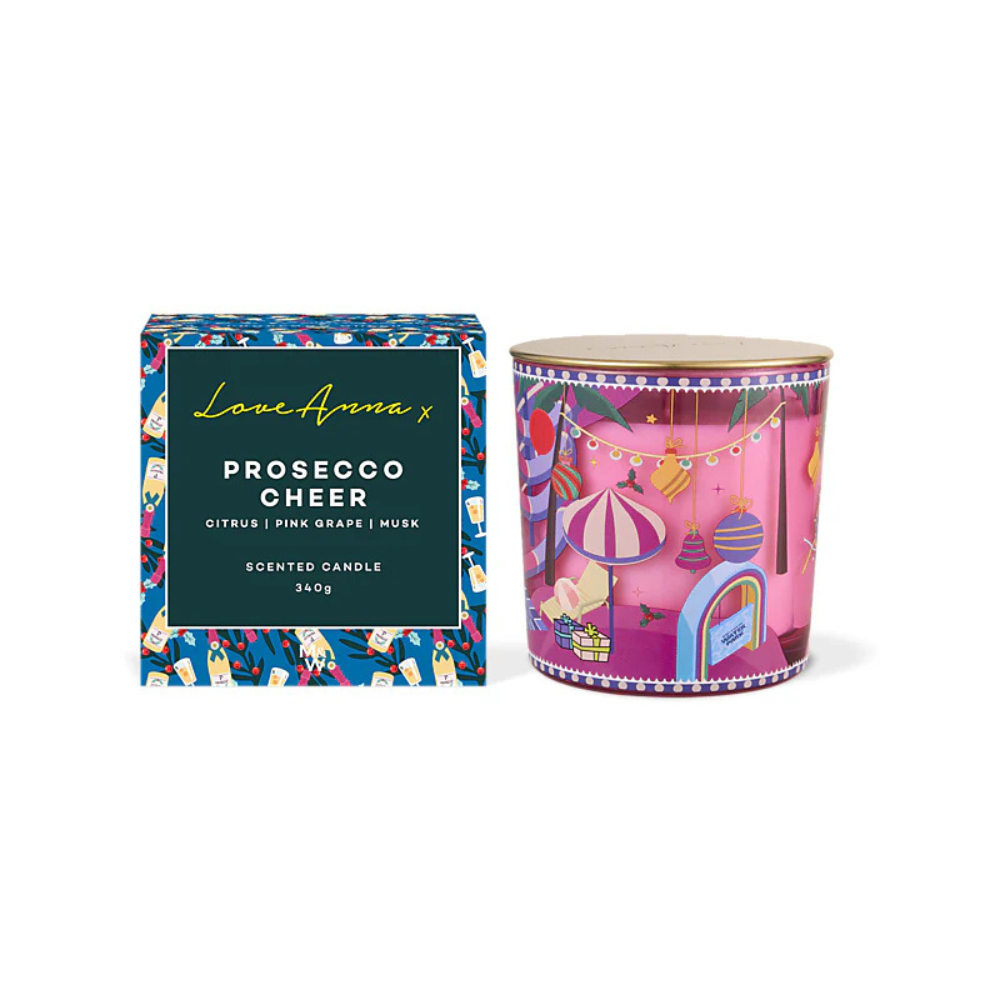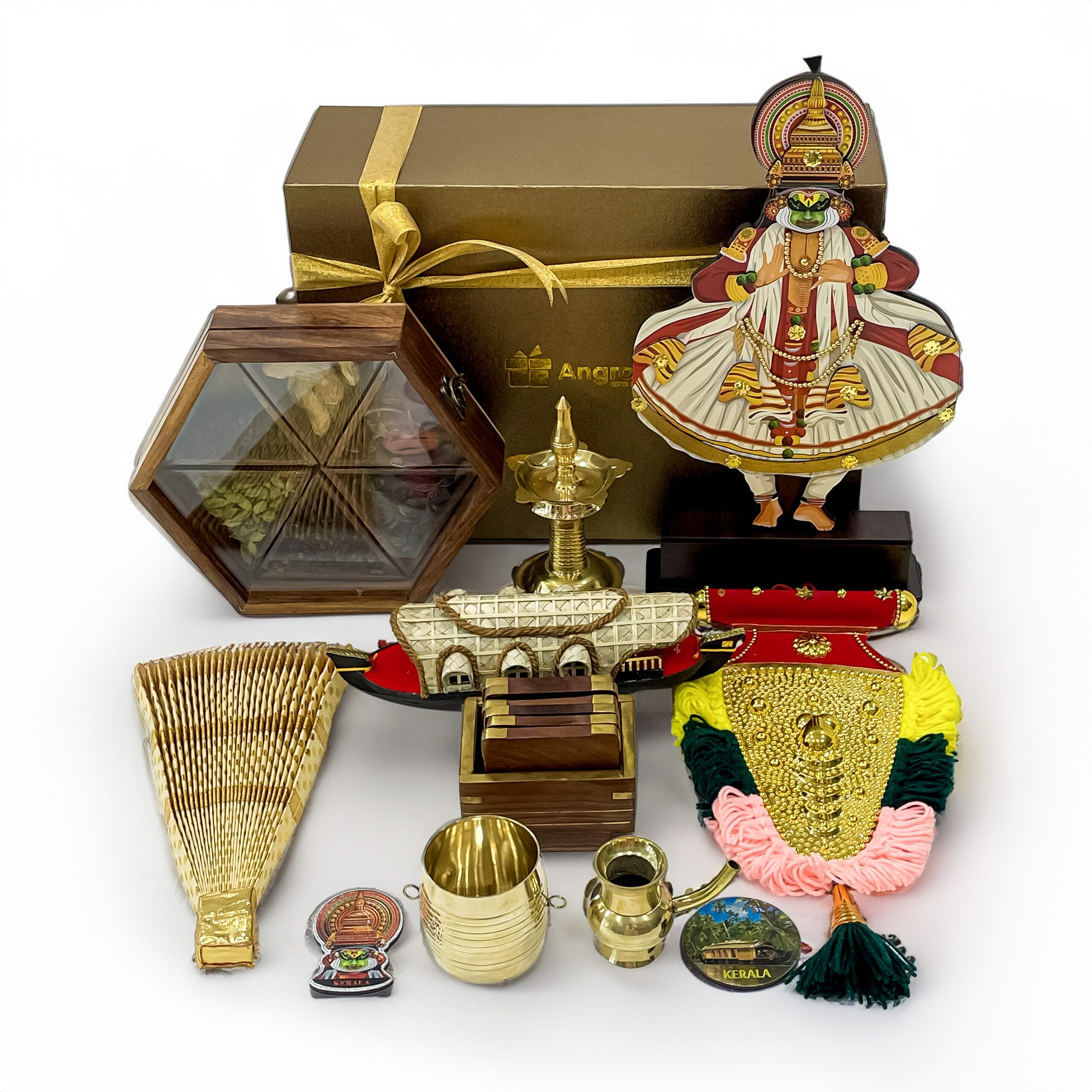When you think of a homewares hamper, you probably picture a stylish basket filled with candles, mugs, and maybe a jar of honey. But if you’re planning homewares gift hampers to include perishable or packaged food, the task becomes a bit more complex. This guide will walk you through the legal maze of food regulations, ensuring your hamper is both delightful and compliant.
Understanding the Regulatory Landscape
Before you start packing, it’s essential to know which rules apply to the food items you’ll include. Think of regulations as the GPS for your hamper: they help you navigate safely to your destination without getting lost in a forest of fines.
Key Food Safety Standards
- Hazard Analysis and Critical Control Points (HACCP) – a systematic preventive approach to food safety. Good Manufacturing Practices (GMP) – guidelines that ensure products are consistently produced and controlled. Food Safety Modernization Act (FSMA) – focuses on preventing contamination rather than reacting to it.
Labeling Requirements
Food labels must contain:

- Product name and ingredients list. Nutrition facts panel. Allergen warnings. Expiration or “best before” date.
> “Proper labeling is the cornerstone of consumer trust.” – Food Safety Authority
Selecting the Right Homewares Hamper
Choosing a hamper that meets both aesthetic and regulatory demands is like picking the right pair of shoes: it needs to fit, look good, and stay comfortable.
Material Matters
- Food‑grade plastics are ideal for items that might leak. Ceramic or glass containers should be labeled to prevent misuse. Avoid porous materials that can harbor bacteria.
Size and Compartments
- A larger hamper allows for better separation of items, reducing cross‑contamination risk. Compartmentalized baskets keep wet items away from dry ones, preserving freshness.
Packing Food Items Legally
Packing is more than just arranging goodies; it’s a science that keeps food safe from the moment it leaves the hamper until it reaches the recipient.
Shelf Life and Expiration Tracking
- Use a packing list that notes each item’s expiration date. Store items with the shortest shelf life at the front, like a well‑organized pantry.
Packaging Integrity and Tamper Evident
- Seal jars with tamper‑evident lids. Use resealable bags for dry goods to maintain freshness.
Documentation and Record‑Keeping
Regulators love paperwork as much as a chef loves a clean kitchen. Keeping accurate records can be the difference between a smooth inspection and a costly delay.
Keeping a Packing List
- Include item name, quantity, and batch number. Store the list digitally and in paper form for redundancy.
Certificates of Compliance
- Obtain certificates from suppliers that confirm GMP and HACCP compliance. Keep these documents on hand in case of a quality audit.
Practical Tips and Common Pitfalls
Even the most meticulous planners can stumble. Here are some quick fixes to avoid the most common mistakes.

Avoiding Cross‑Contamination
- Separate raw meats from ready‑to‑eat foods. Use separate cutting boards and utensils for different food categories.
Handling Special Diet Items
- Label gluten‑free, nut‑free, or vegan items clearly. Double‑check ingredient lists for hidden allergens.
> “The best hamper is one that doesn’t leave you in a pickle.” – Culinary homewares hampers Safety Expert
Making Your Hamper a Regulatory Success
By now you’re equipped with the knowledge to pack a hamper that’s both charming and compliant. Remember: compliance isn’t a burden; it’s a guarantee that your gift will be enjoyed without worry.
If you’re ready to create a hamper that dazzles while staying within the law, start by auditing your suppliers, double‑checking labels, and documenting every step. Your recipient will thank you, and you’ll avoid the embarrassment of a regulatory hiccup.
Happy gifting—and may your hamper always be a smooth, well‑paced dance from kitchen to table.